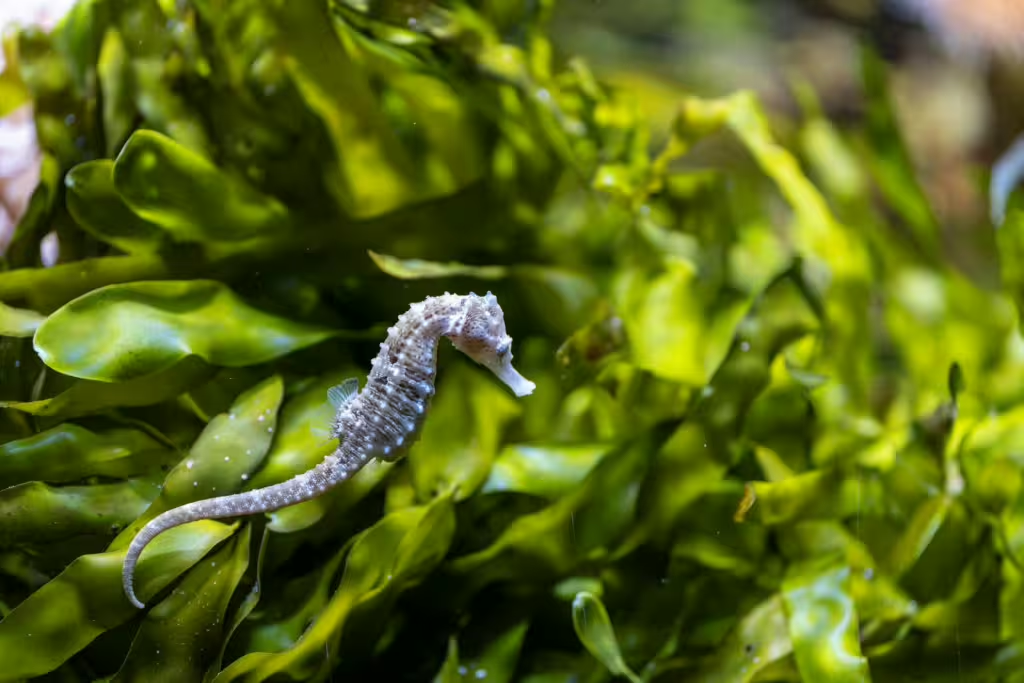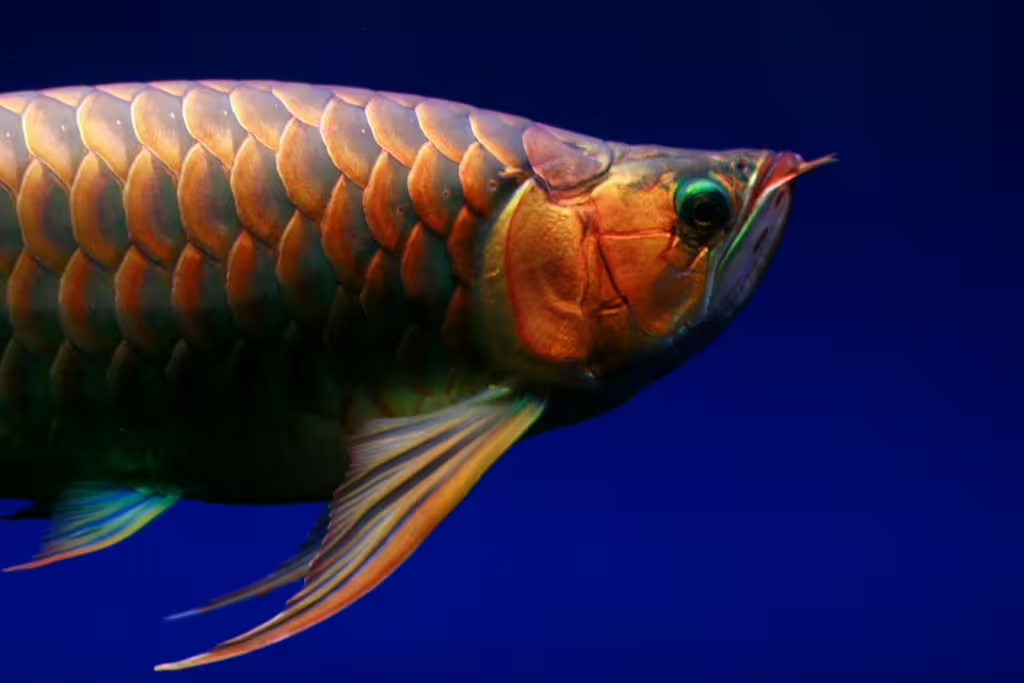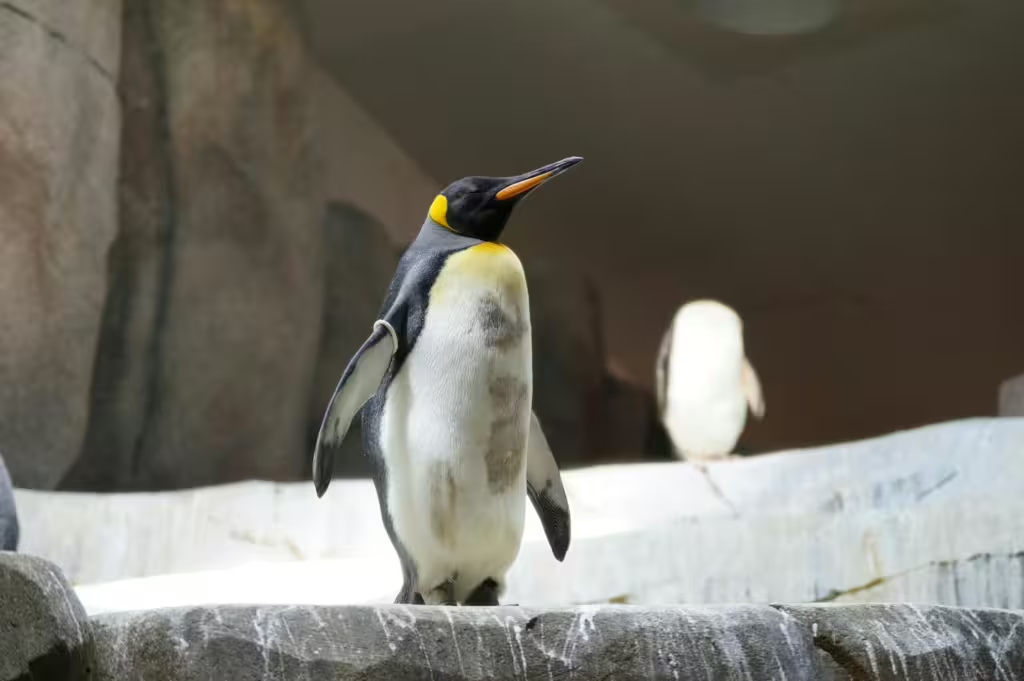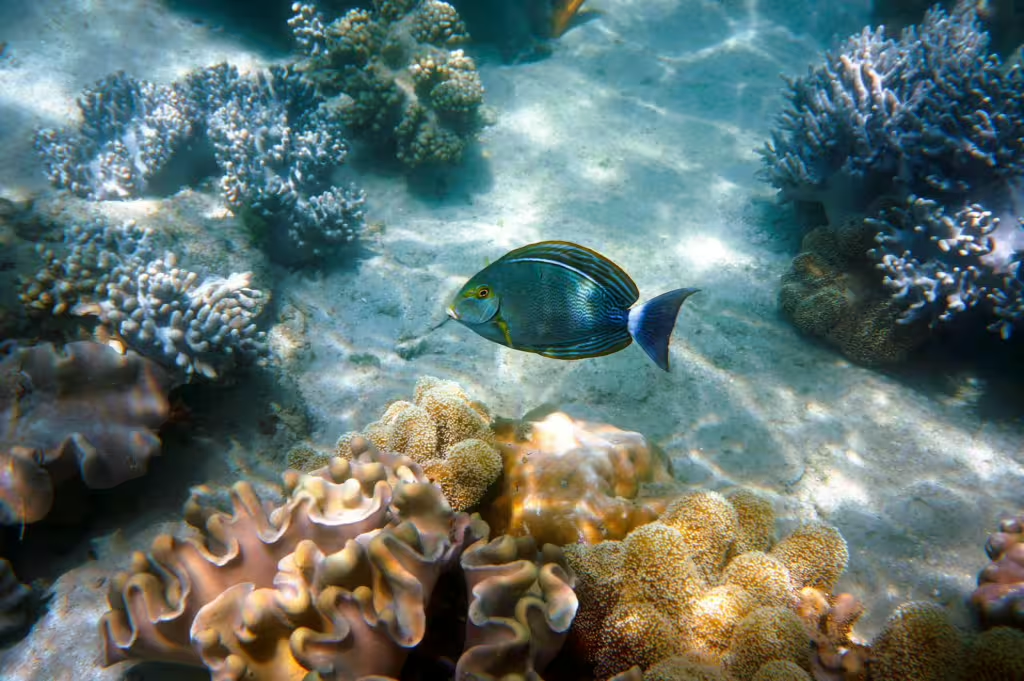Today, we will begin a series of articles about the bizarre nature of parenting all across the animal kingdom. Any parents who are reading already know how surreal the experience is; no matter what stage of development your child is at. In the natural world, the very nature of what constitutes parenting is often turned on its head, either by form, function, evolution, or the inscrutable desires of a nameless, cosmic force. Whatever the case, animal parents all over the world have found unusual and effective ways to raise their young.
Nowhere are these methods more unusual and the diversity between tender, callous, and cruel, more apparent than in the marine world. Beneath the murky surface of our oceans, rivers, and lakes. In aquatic ecosystems, aquatic parents are doing what they can to raise their young, even if their strategies might seem unseemly to the likes of us. In the marine biome, threats to young animals are countless and species have evolved an astonishing array of parental strategies to ensure the survival of their progeny.
In this article, we will dive deep into the world of aquatic parenting by exploring some of the most unique methodologies employed by underwater animals. We promise that, by the time you’re done reading, you too will gain new appreciation for what it means to be a devoted parent in an underwater ecosystem.

Seahorses: Dad’s Giving Birth
One wonders what the first naturalist observing a male seahorse giving birth to a multitude of tiny babies must have thought. Did they think that they had just assumed the wrong gender? Whatever their presumption, it would seem that the traditional roles of mother and father are quite different in the world of seahorses. For these small, elegant fish, there is no gestation period for the female of the species, because she doesn’t give birth or even lay eggs like many other fish.
Seahorses begin their lives as parents by performing an elaborate courtship dance together, after which the female deposits her eggs into a specialized brood pouch located on the male’s abdomen. Once the eggs have been deposited, the male fertilizes them internally. He then carries them for several weeks, provifing the newly-formed babies with oxygen, proper salinity, and all the nutrients they need. In essence, the male seahorse’s pouch acts almost like a mammalian placenta, keeping them safe until the time comes when they need to “leave the nest,” so to speak.
When that time does eventually arrive, the male goes into labor, contracting his abdominal muscles to expel the now fully formed miniature seahorses into the surrounding water. Why does the male take the brunt of the birthing responsibility, you may ask? Well, as it happens, this extraordinary role reversal ensures that the female can quickly produce another batch of eggs, maximizing the species’ reproductive output.
Giant Pacific Octopus: Mommy’s Great Sacrifice
If seahorse daddies are the main event in their neck of the underwater woods, octopus mommies fill that role in theirs. As much as octopuses are not “social” creatures in the usual sense, the females of the species are surprisingly nurturing when it comes to their young. In fact, there are few mothers in the natural world that sacrifice more than the giant Pacific octopus. These mother octopuses literally give their lives to protect their young.
After laying tens of thousands of eggs in a den, usually tucked under some rocks or in a closed off area, the female begins her final stand. Like the brave men of the Night’s Watch, the female octopus guards her eggs with unwavering devotion until they hatch, usually between six and twelve months. She does not eat during thst time and uses her siphon to constantly spread oxygenated water over the eggs. Even in her weakened state, she will fight off predators, slowly deteriorating during her final vigil.
Once the eggs hatch and her watch has ended, the female dies. This process, known as semelparity, is the norm for many octopus species. It is an example of an animal that reproduces only once in its lifetime before death. It is tragic and moving and a key example of how a living thing will give all to ensure the survival of its species.
Mouthbrooding Cichlids: Babies Behind Teeth
We’ve seen fish who hold their babies in their father’s belly and cephalopods that die protecting their eggs in their dens, but did you know some fish protect their babies in their own mouths? It isn’t just one species either. As a matter of fact, many species of cichlids, such as the aptly-named African mouthbrooders, shelter their young in their own mouths; behind their teeth to be precise.
Cichlids, like most fish, reproduce via external fertilization, but once the eggs have been fertilized, the parents (sometimes the mother and in some species the father) scoop the eggs up into their mouths. There the eggs remain until they hatch, but the parenting doesn’t end there. Even then, the fish fry stay close to their mouthbrooding parent, feeding and swimming only as far as they feel comfortable, until danger arises. When they sense it, they dash back into their parent’s waiting mouths.
The fry will do this for weeks and while they do, the parent fish forgoes feeding, enduring hunger so that its offspring will remain safe. This is yet another example of self-sacrifice and strategy that exists in the marine parenting world.
Túngara Frogs: Love Bubbles
It isn’t just fully aquatic animals that have unique parenting methods in the water. Take for instance the túngara frog of Central and South America. This tiny amphibian protects its eggs in foamy nest they create on the water’s surface. The male of the species is responsible for the nest, which they make by whipping up a protein-rich secretion from their hind legs. Once it’s ready, the female lays her eggs inside it, where the growing tadpoles get all the moisture, UV protection, and safety they need, Once the tadpoles hatch, they become heavy enough to simply drop into the water below to continue their amphibious life cycle.

Arowana: Paternal Fish-stincts
The Asian arowana is sometimes known as the dragon fish, but it is not the fearsome creature it resembles. Like the mouthbrooding cichlids mentioned above, male arowanas incubate their fertilized eggs in their mouths. They will continue to shelter their young, even after they have hatched, for up to two months. He doesn’t eat during that time and remains calm so his fighting doesn’t accidentally injure the fry. They do this because baby arowanas lack the hardened scales of their parents, making them especially vulnerable to hungry predators. However, arowanas go even further—continuing to shelter their young for up to two months after hatching.
Emperor Penguin: A Chilling Commitment
We chose to place emperor penguins on this list because though they are only semi-aquatic, they do spend a great deal of their time in the ocean. They are arguably one of the most aquatic of all birds and their parenting behavior, especially in the harsh Antarctic climate, is among the most remarkable in the entire animal kingdom.
Female penguins lay a single egg, which she then transfers it to the male, who carefully balances it on his feet under a flap of skin called a brood pouch. Meanwhile, the female goes off to sea to feed and gather food for the male. The father continues to wait, guarding the egg and staving off cold, storms, and starvation while he keeps it warm and awaits his chick’s arrival. When the egg filly hatches, the male feeds the chick with a secretion produced in his esophagus, giving up even more of his own nutrients until the female returns with enough food from the ocean to feed them all.

True Investigator Says…
As you can see, the world of aquatic parenting is a mixed bag of tenderness, cruelty, self-sacrifice, and innovation. Despite seeming like nothing more than biological curiosities, these behaviors offer insight into evolution, adaptation, and survival methods of creatures that dwell in some of the most extreme habitats on the planet. As scientists continue to learn more about how aquatic animals parent, they learn the best methods to protect these species from the ever-increasing threats posed by habitat loss, pollution, and climate change.
Discover more from TrueInvestigator
Subscribe to get the latest posts sent to your email.


